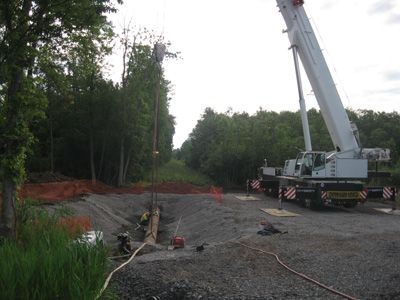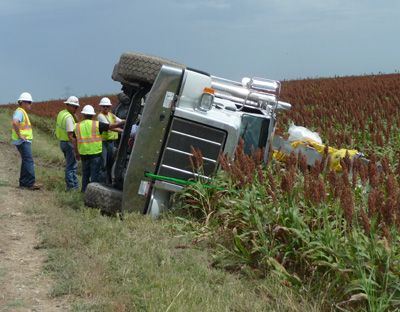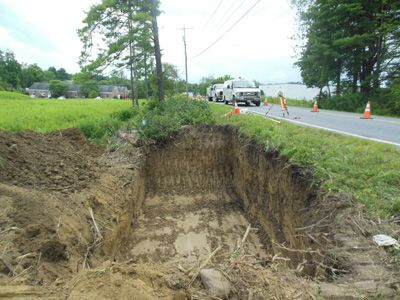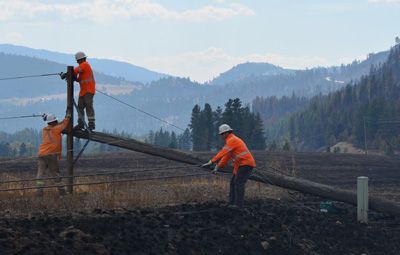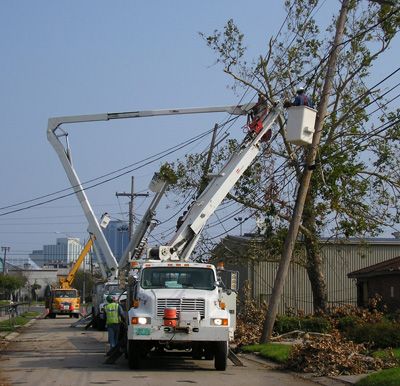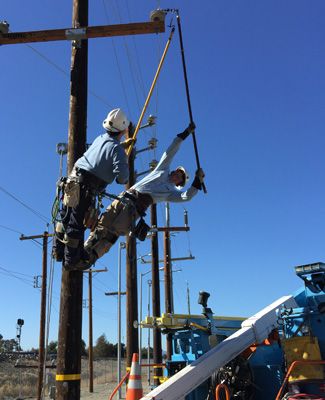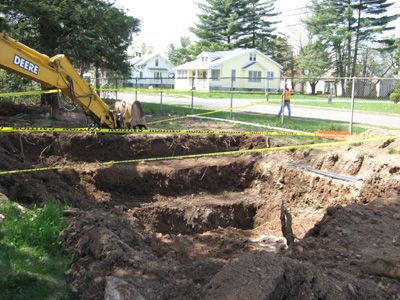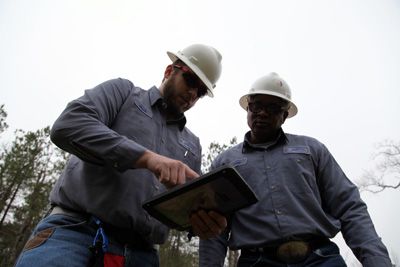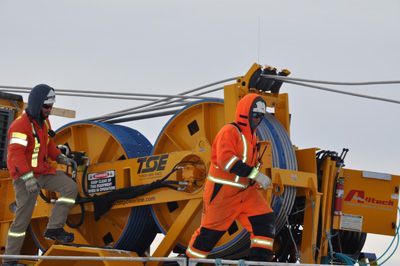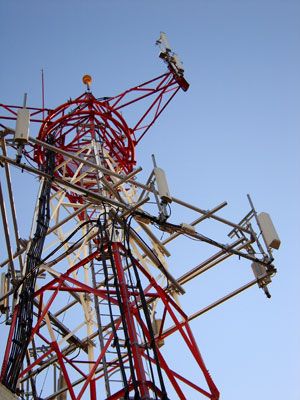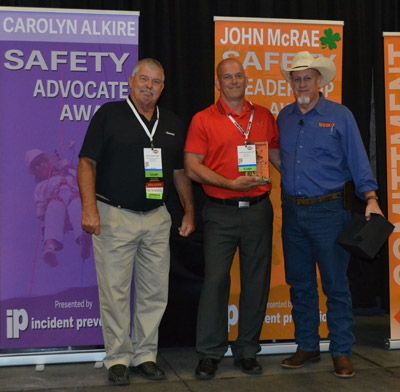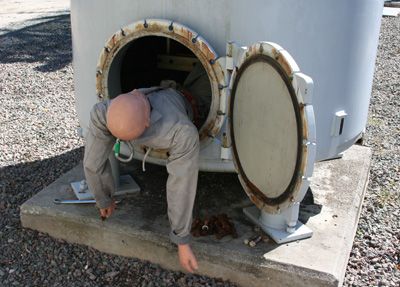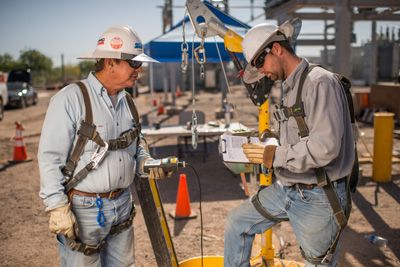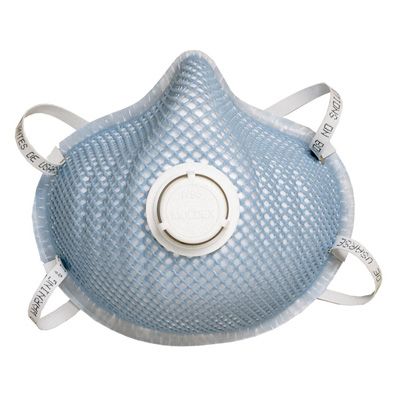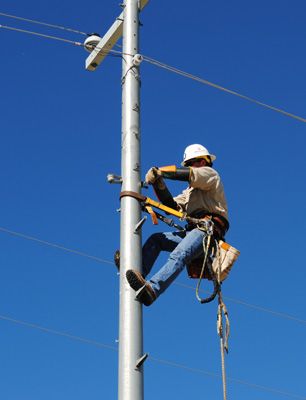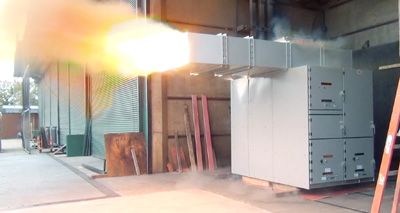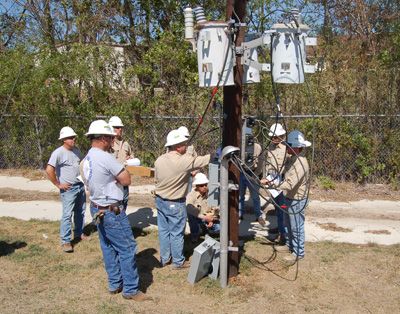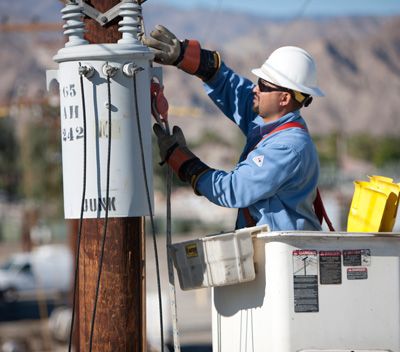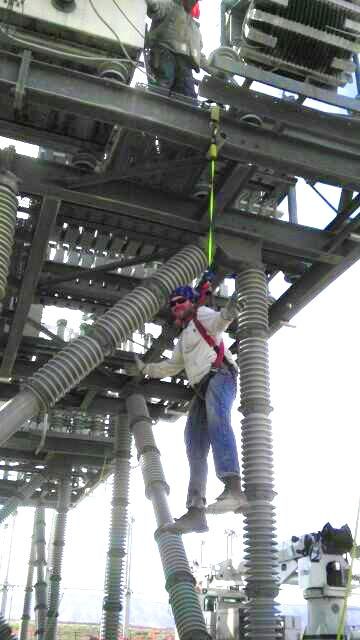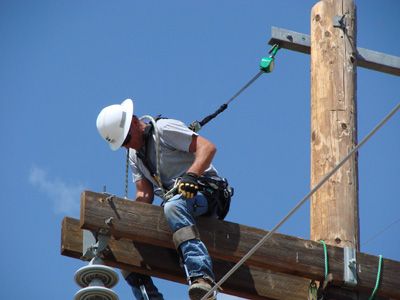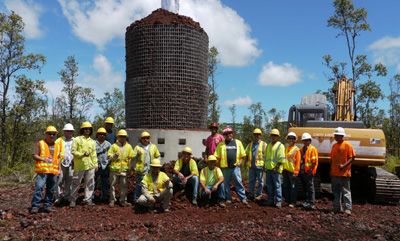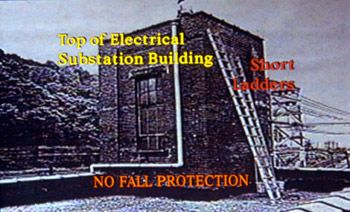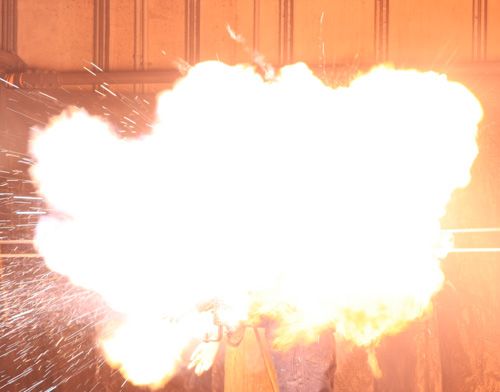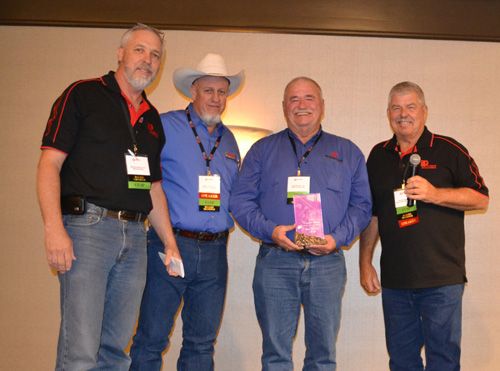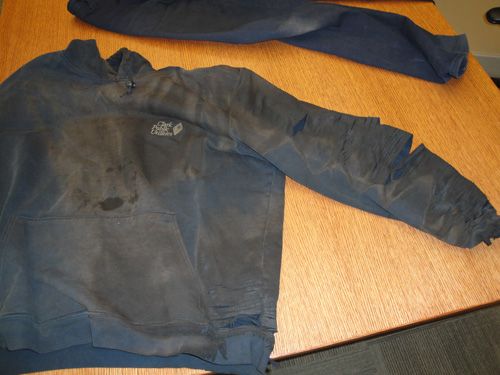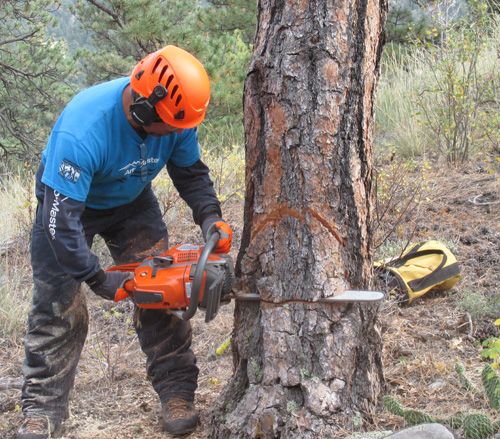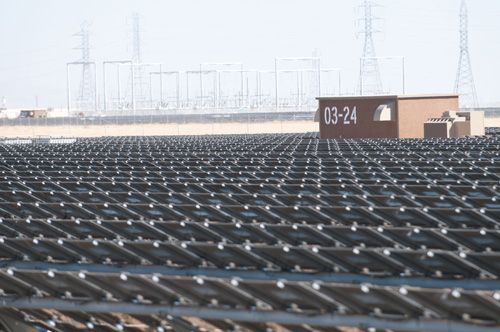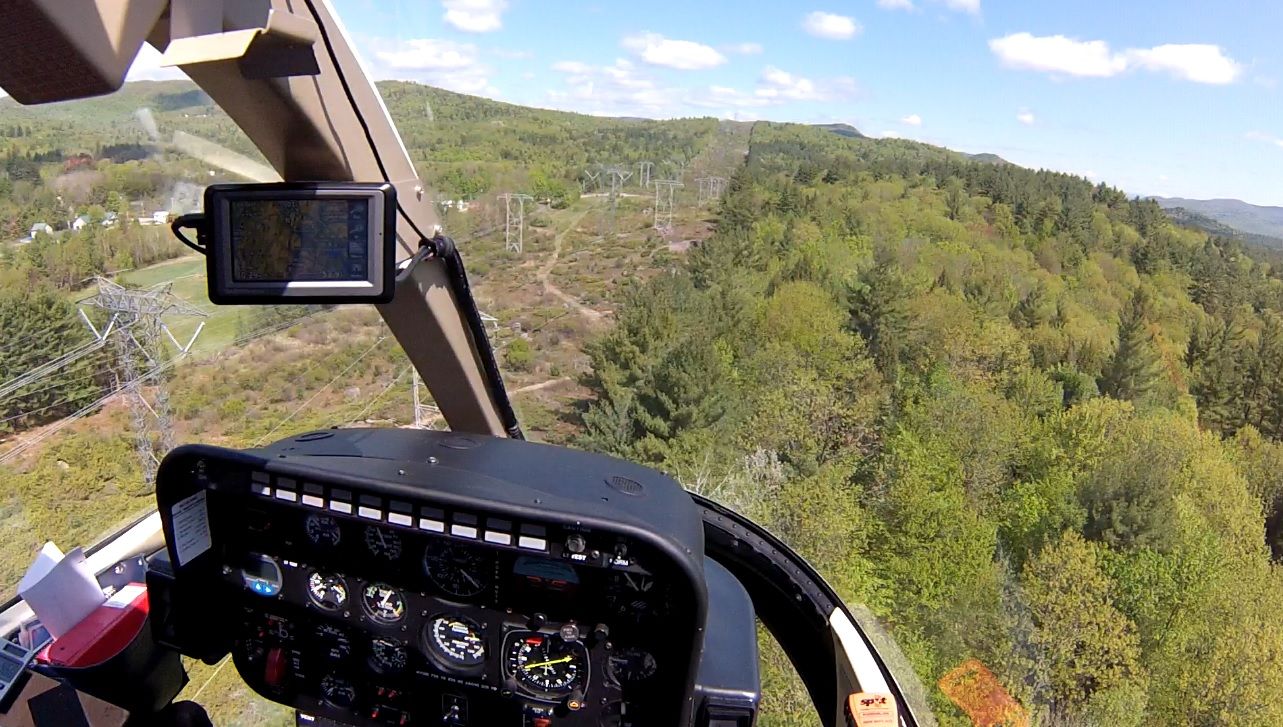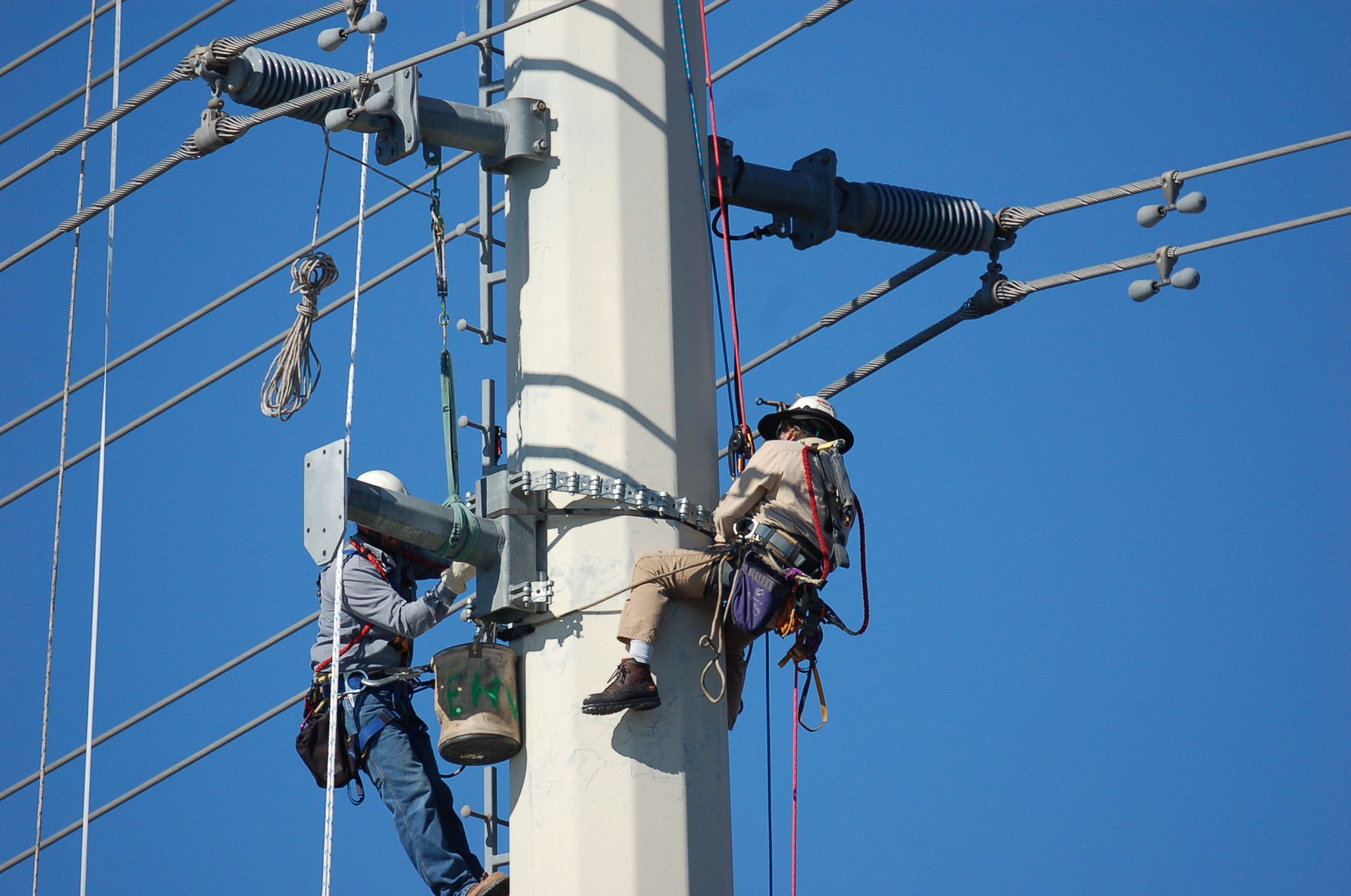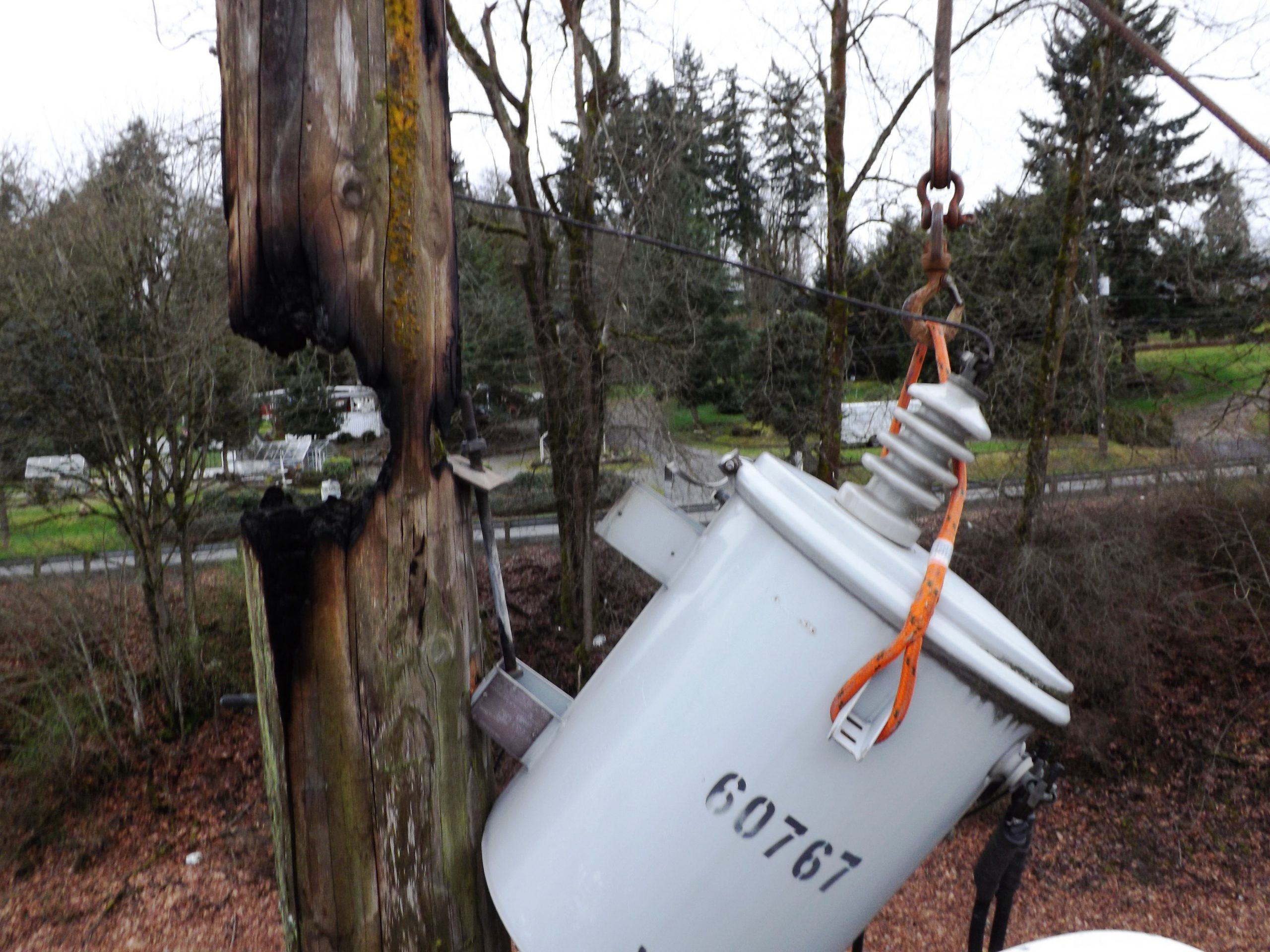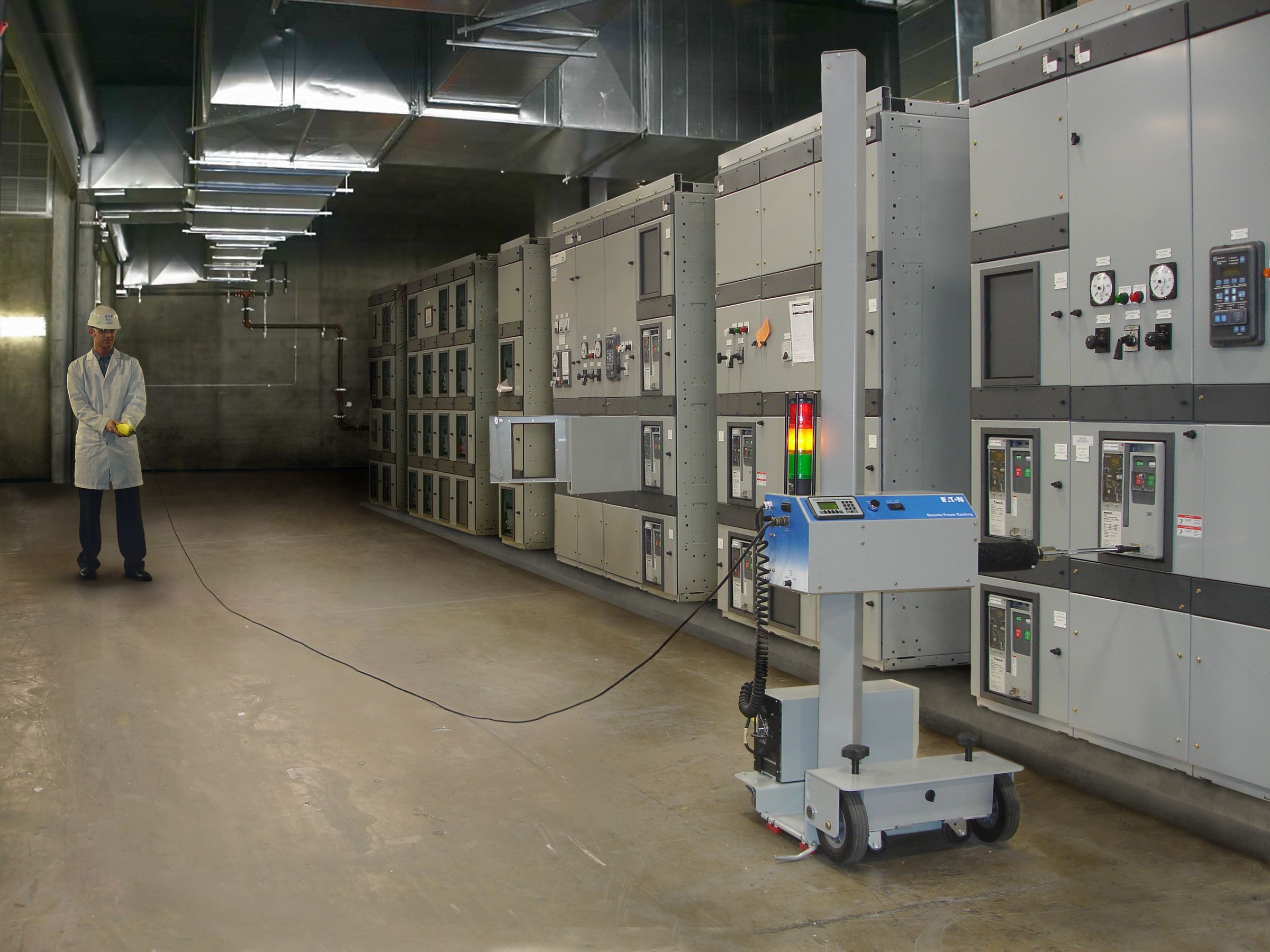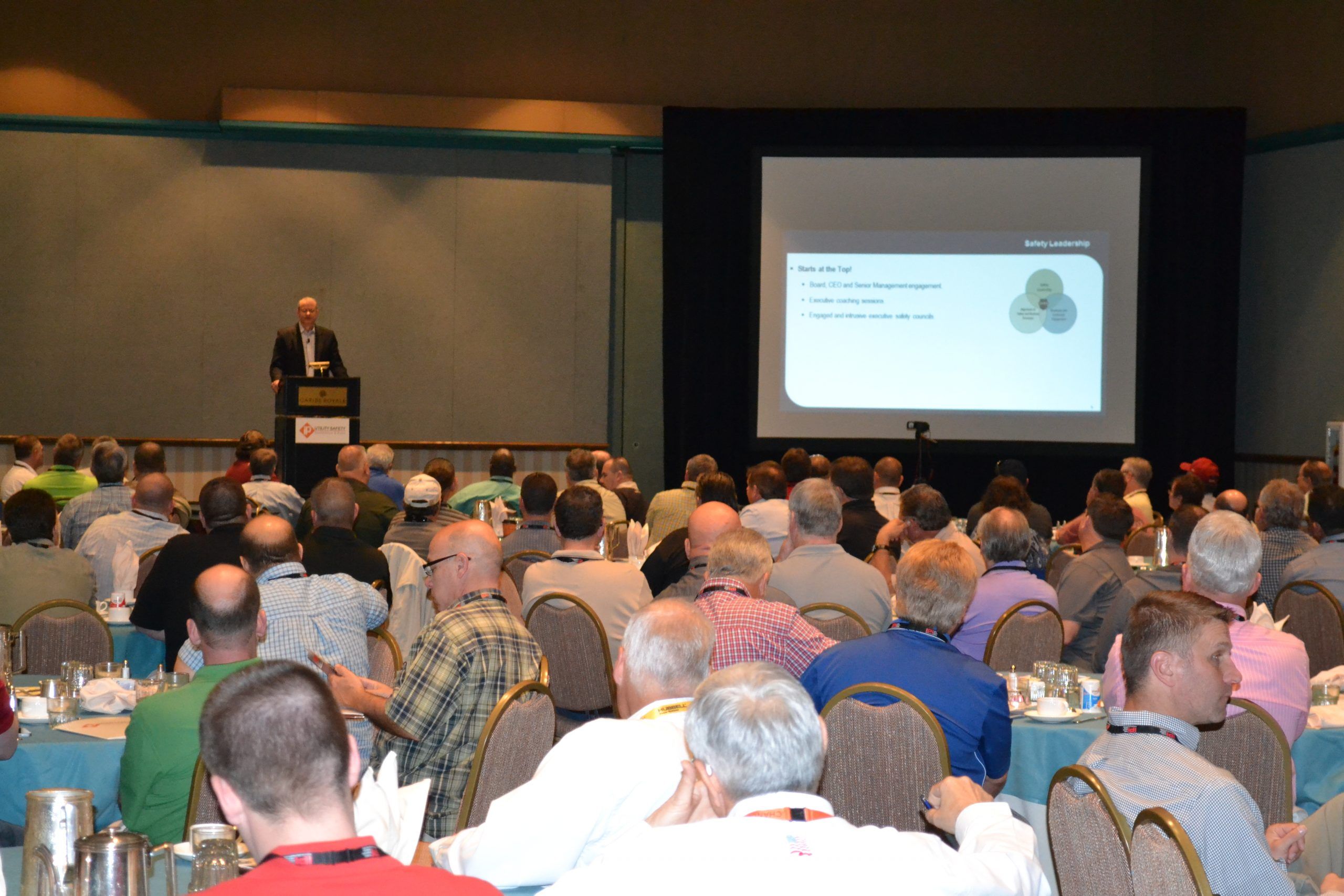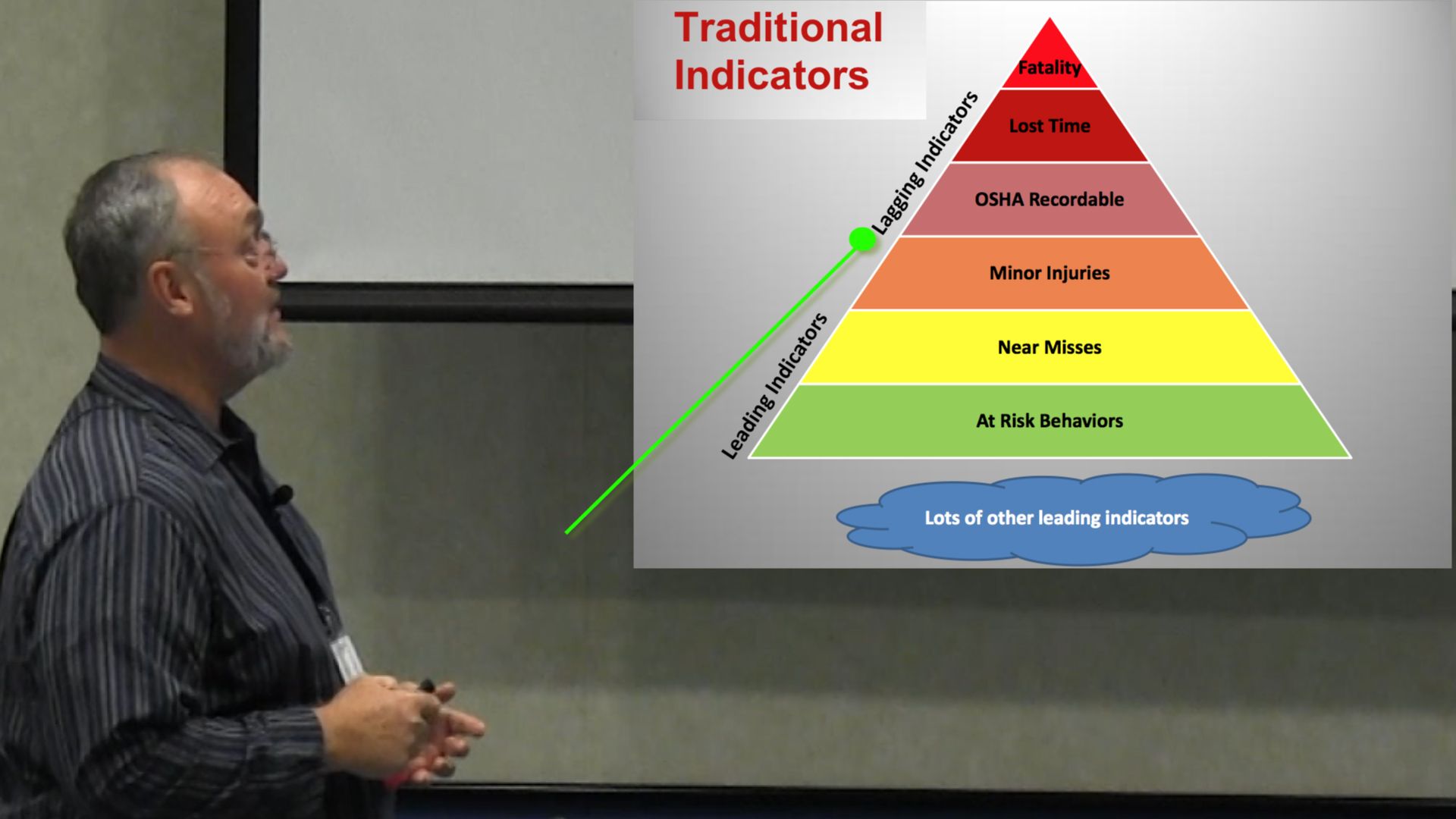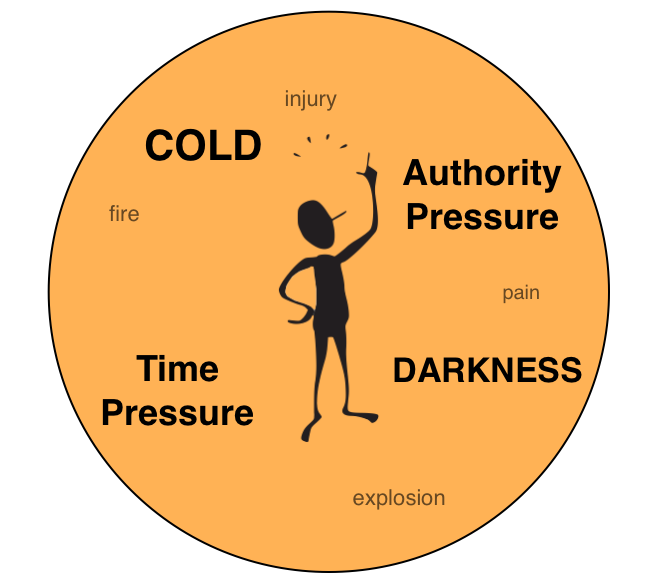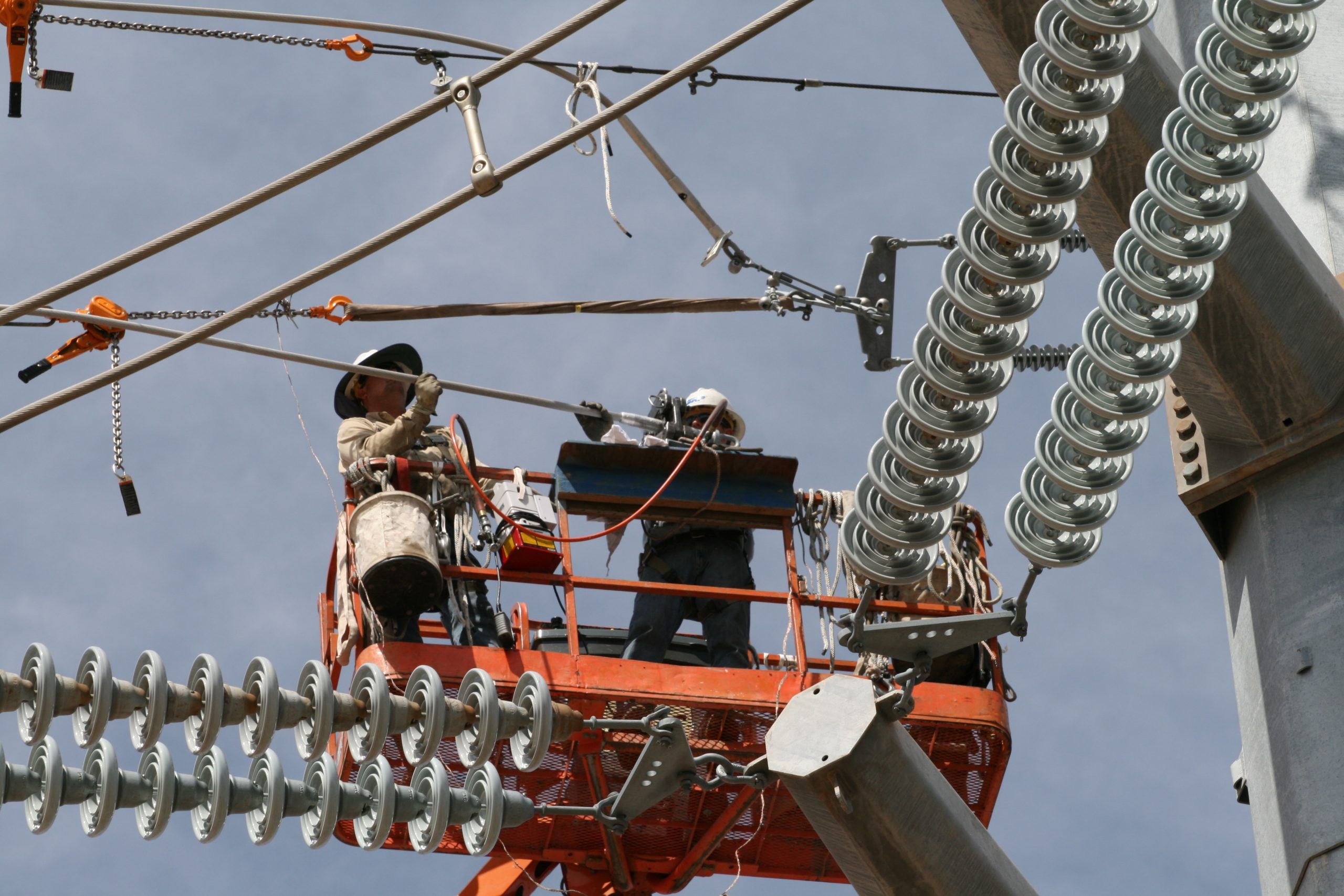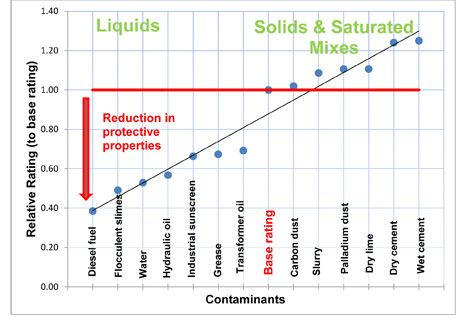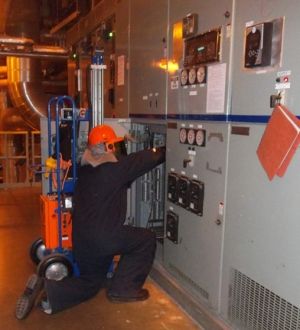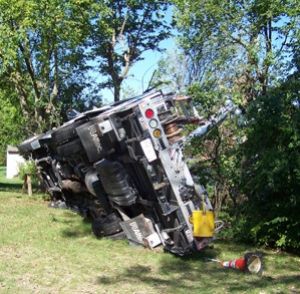Tag: Safety Management
Train the Trainer 101: Practical Personal Grounding in Underground Work
Written by Jim Vaughn, CUSP on . Posted in Safety Management, Worksite Safety, Train the Trainer 101.
Voice of Experience: OSHA Requirements for Step Potential Protection
Written by Danny Raines, CUSP on . Posted in Safety Management, Worksite Safety, Voice of Experience.
August 2016 Q&A
Written by Jim Vaughn, CUSP on . Posted in Safety Management, Worksite Safety, Q & A, Equipment Operations.
10 Tips for Better Incident Investigations
Written by Thomas Ray, CSP, CUSP on . Posted in Safety Management, Leadership Development, Worksite Safety, Tailgate Topics.
Protective Systems for Trenching and Excavations
Written by Jarred O'Dell, CSP, CUSP on . Posted in Safety Management, Worksite Safety.
The Job Brief’s Hidden Influence on Utility Safety
Written by Michael Burnham, CSP, CUSP on . Posted in Safety Management, Leadership Development, Worksite Safety.
Fire Restoration Best Practices for Utilities
Written by Chris Grajek, CRSP, CUSP on . Posted in Safety Management, Worksite Safety.
Train the Trainer 101: Practical Recommendations for Wire Stringing
Written by Jim Vaughn, CUSP on . Posted in Safety Management, Worksite Safety, Train the Trainer 101, Equipment Operations.
Confined Spaces in Construction
Written by Danny Raines, CUSP on . Posted in Safety Management, Worksite Safety.
June 2016 Q&A
Written by Jim Vaughn, CUSP on . Posted in Safety Management, Worksite Safety, Q & A, Equipment Operations, Grounding.
Don’t Leave Employees to Fill in the Blanks
Written by Dave Sowers on . Posted in Safety Management, Leadership Development, Worksite Safety.
Soil Mechanics in the Excavation Environment
Written by Jarred O'Dell, CSP, CUSP on . Posted in Safety Management, Worksite Safety.
Field-Level Hazard Recognition Training That Works
Written by Mike Caro, CUSP on . Posted in Safety Management, Leadership Development, Worksite Safety.
The Future of Ergonomics
Written by Raffi Elchemmas, AEP, MBA on . Posted in Safety Management, Worksite Safety.
Train the Trainer 101: Grounding for Stringing in Energized Environments
Written by Jim Vaughn, CUSP on . Posted in Safety Management, Worksite Safety, Train the Trainer 101, Equipment Operations, Grounding.
Voice of Experience: OSHA Citations and Informal Conferences
Written by Danny Raines, CUSP on . Posted in Safety Management, Worksite Safety, Voice of Experience.
April 2016 Q&A
Written by Jim Vaughn, CUSP on . Posted in Safety Management, Worksite Safety, Q & A.
Trenching by the Numbers
Written by Jarred O'Dell, CSP, CUSP on . Posted in Safety Management, Worksite Safety, Equipment Operations.
The CUSP Program Expands to Canada
Written by Chris Grajek, CRSP, CUSP, and John Price, B.Kin., CRSP, CUSP on . Posted in Safety Management, Leadership Development.
Understanding Your Safety DNA
Written by Neil Dempster, CSP, MBA, Ph.D. on . Posted in Safety Management, Leadership Development, Worksite Safety.
Best Practices for Arc-Rated Clothing Programs
Written by Hugh Hoagland on . Posted in Safety Management, Worksite Safety.
Auditing for Safety Improvement
Written by Kathy Ellsworth, CUSP, and Pam Tompkins, CSP, CUSP on . Posted in Safety Management, Worksite Safety.
Train the Trainer 101: Safety Cops and the Continuum of Safety
Written by Jim Vaughn, CUSP on . Posted in Safety Management, Leadership Development, Worksite Safety, Tailgate Topics.
Voice of Experience: Hand and Skin Protection for Electric Utility Workers
Written by Danny Raines, CUSP on . Posted in Safety Management, Worksite Safety, Voice of Experience.
February 2016 Q&A
Written by Jim Vaughn, CUSP on . Posted in Safety Management, Worksite Safety, Q & A, Grounding.
Stringing Best Practices: Mesh Grips vs. Preforms
Written by Chris Grajek, CRSP, CUSP on . Posted in Safety Management, Worksite Safety, Equipment Operations.
Understanding Safety Culture Through Perception Surveys
Written by Matt Edmonds, CUSP, CIT, CHST, and Pam Tompkins, CSP, CUSP on . Posted in Safety Management, Leadership Development.
RF Safety for Utility Workers
Written by Miranda Allen on . Posted in Safety Management, Worksite Safety.
2015 USOLN Safety Award Winners Announced
Written by Kate Wade on . Posted in Safety Management, Leadership Development.
Train the Trainer 101: Practical Underground Safety: Handling Neutrals and Rescue
Written by Jim Vaughn, CUSP on . Posted in Safety Management, Worksite Safety.
Voice of Experience: PPE Regulatory and Consensus Standard Requirements
Written by Danny Raines, CUSP on . Posted in Safety Management, Worksite Safety, Voice of Experience.
December 2015 Q&A
Written by Jim Vaughn, CUSP on . Posted in Safety Management, Worksite Safety, Q & A, Equipment Operations, Grounding.
Fundamentals of Substation Rescue Plans
Written by R. Scott Young, CUSP on . Posted in Safety Management, Worksite Safety.
Shifting Your Organizational Safety Culture
Written by Phillip Ragain on . Posted in Safety Management, Leadership Development.
Investigating Industrial Hygiene at Salt River Project
Written by Randi Korte, CUSP on . Posted in Safety Management, Worksite Safety.
Train the Trainer 101: Practical MAD and Arc Flash Protection
Written by Jim Vaughn, CUSP on . Posted in Safety Management, Worksite Safety.
Voice of Experience: Clearing Up Confusion About 1910.269
Written by Danny Raines, CUSP on . Posted in Safety Management, Worksite Safety, Voice of Experience.
October 2015 Q&A
Written by Jim Vaughn, CUSP on . Posted in Safety Management, Worksite Safety, Grounding.
N95 Filtering Face Pieces: Where Does Your Organization Stand?
Written by Jarred O'Dell, CSP, CUSP on . Posted in Safety Management, Worksite Safety.
Stepping Up Steel Safety Education
Written by Keith Lindemulder on . Posted in Safety Management, Leadership Development, Worksite Safety.
Rigging Fundamentals for Utilities
Written by Brian S. Hope, ASP, CSP, CUSA on . Posted in Safety Management, Worksite Safety, Equipment Operations.
Arc Flash Mitigating Technologies and the OSHA Final Rule
Written by Samy Faried on . Posted in Safety Management, Worksite Safety.
Train the Trainer 101: Practical Personal Protective Grounding
Written by Jim Vaughn, CUSP on . Posted in Safety Management, Worksite Safety, Grounding.
Voice of Experience: Power Generation Safety and the OSHA Update
Written by Danny Raines, CUSP on . Posted in Safety Management, Worksite Safety, Voice of Experience.
August 2015 Q&A
Written by Jim Vaughn, CUSP on . Posted in Safety Management, Worksite Safety.
Understanding OSHA Electric Power Training Requirements
Written by Pam Tompkins, CSP, CUSP on . Posted in Safety Management.
Making the Switch
Written by Raffi Elchemmas, AEP, MBA on . Posted in Safety Management, Worksite Safety, Equipment Operations.
How to Navigate the FR Clothing Marketplace
Written by Derek Sang, CSHEP, QSSP on . Posted in Safety Management, Worksite Safety.
Arrive Alive
Written by Laura McMillan on . Posted in Safety Management, Worksite Safety, Equipment Operations.
Train the Trainer 101: Back to Basics: ‘Gentlemen, This is a Football’
Written by Jim Vaughn, CUSP on . Posted in Safety Management, Worksite Safety.
Voice of Experience: Fundamentals of Underground Padmount Transformers
Written by Danny Raines, CUSP on . Posted in Safety Management, Voice of Experience, Equipment Operations, Grounding.
June 2015 Q&A
Written by Jim Vaughn, CUSP on . Posted in Safety Management, Worksite Safety, Grounding.
OSHA and the Host-Contractor Relationship
Written by Ted Granger, CSSBB, CUSP on . Posted in Safety Management, Worksite Safety.
The Roller-Coaster Life Cycle of IEEE 1307
Written by Ed Hunt, CUSP on . Posted in Safety Management, Worksite Safety.
Facing Unique Challenges
Written by Kekai Batungbacal, CUSP on . Posted in Safety Management, Leadership Development, Worksite Safety.
Train the Trainer 101: The OSHA-EEI Subpart V Settlement
Written by Jim Vaughn, CUSP on . Posted in Safety Management, Worksite Safety, Equipment Operations.
Voice of Experience: OSHA Updates to Arc-Rated FR Clothing Requirements
Written by Danny Raines, CUSP on . Posted in Safety Management, Worksite Safety, Voice of Experience.
April 2015 Q&A
Written by Jim Vaughn, CUSP on . Posted in Safety Management, Worksite Safety.
The Importance of Matching Evidence Marks in Accident Investigations
Written by Allen L. Clapp, P.E. on . Posted in Safety Management, Worksite Safety.
Measuring, Planning and Cutting Methods for Chainsaw Operators
Written by Ken Palmer on . Posted in Safety Management, Worksite Safety, Equipment Operations.
Growing a Human Performance Culture
Written by David W. Bowman on . Posted in Safety Management, Leadership Development.
Recent PPE Changes and 2015 Trends
Written by Hugh Hoagland and Stacy Klausing, M.S. on . Posted in Safety Management, Worksite Safety.
Train the Trainer 101: Addressing Anchorages
Written by Jim Vaughn, CUSP on . Posted in Safety Management, Worksite Safety.
Voice of Experience: The Importance of Job Briefings
Written by Danny Raines, CUSP on . Posted in Safety Management, Worksite Safety, Voice of Experience.
February 2015 Q&A
Written by Jim Vaughn, CUSP on . Posted in Safety Management, Worksite Safety.
2014 USOLN Safety Award Winners Announced
Written by Kate Wade on . Posted in Safety Management, Leadership Development.
Arc Flash and the Benefits of Wearing PPE
Written by Michael J. Getman, CUSP, MBA on . Posted in Safety Management, Worksite Safety.
Closing the Safety Gap
Written by Thomas Arnold, CSP, CUSP on . Posted in Safety Management, Worksite Safety.
Chainsaw Safety, Planning and Precision Felling Techniques
Written by Ken Palmer on . Posted in Safety Management, Worksite Safety, Equipment Operations.
Train the Trainer 101: Substation Entry Policies
Written by Jim Vaughn, CUSP on . Posted in Safety Management, Worksite Safety.
Voice of Experience: How Does the Employer Ensure and Demonstrate?
Written by Danny Raines, CUSP on . Posted in Safety Management, Voice of Experience.
December 2014 Q&A
Written by Jim Vaughn, CUSP on . Posted in Safety Management, Worksite Safety, Grounding.
Photovoltaic Solar Safety Management for Utilities
Written by Jeff Court, CUSP on . Posted in Safety Management, Worksite Safety.
Behavior-Based Safety: What’s the Verdict?
Written by Mike Caro, CUSP on . Posted in Safety Management, Leadership Development.
The Risks and Rules of Chainsaw Operation
Written by Ken Palmer on . Posted in Safety Management, Worksite Safety, Equipment Operations.
Train the Trainer 101: Stringing in Energized Environments
Written by Jim Vaughn, CUSP on . Posted in Safety Management, Worksite Safety, Grounding.
Voice of Experience: Flame-Resistant Apparel is Now PPE
Written by Danny Raines, CUSP on . Posted in Safety Management, Worksite Safety, Voice of Experience.
October 2014 Q&A
Written by Jim Vaughn, CUSP on . Posted in Safety Management, Worksite Safety, Equipment Operations.
Mitigating the Risks of Aerial Patrols
Written by Nathan Boutwell, CUSP on . Posted in Safety Management, Equipment Operations.
Elements of an Effective Safety Committee
Written by Richard J. Horan Jr., CSP, CUSP on . Posted in Safety Management, Leadership Development.
SRP Rope Access Program Addresses Towers of Power
Written by Randi Korte, CUSP on . Posted in Safety Management, Worksite Safety.
Responding to Pole Fires
Written by Jim Boyd, CUSP, and Craig Lohrey on . Posted in Safety Management, Worksite Safety.
Train the Trainer 101: Fall Protection and the New Rule
Written by Jim Vaughn, CUSP on . Posted in Safety Management, Worksite Safety.
Voice of Experience: OSHA Eye and Face Protection Standards
Written by Danny Raines, CUSP on . Posted in Safety Management, Worksite Safety, Voice of Experience.
August 2014 Q&A
Written by Jim Vaughn, CUSP on . Posted in Safety Management, Worksite Safety, Equipment Operations.
The Final Rule
Written by Jim Vaughn, CUSP on . Posted in Safety Management, Worksite Safety.
NFPA 70E Arc Flash Protection for Nonexempt Industry Workers
Written by Jim Phillips, P.E. on . Posted in Safety Management, Worksite Safety.
Injury Prevention Through Leadership, Employee Engagement and Analytics
Written by Mike Engelman on . Posted in Safety Management, Leadership Development.
Voice of Experience: Understanding Enclosed and Confined Spaces
Written by Danny Raines, CUSP on . Posted in Safety Management, Worksite Safety, Voice of Experience.
Accident Analysis Using the Multi-Employer Citation Policy
Written by Allen L. Clapp, P.E. on . Posted in Safety Management, Worksite Safety, Tailgate Topics.
Sustaining Safety Successes
Written by Ted Granger, CSSBB, CUSP on . Posted in Safety Management.
Understanding and Influencing the ‘Bulletproof’ Employee
Written by Phillip Ragain on . Posted in Safety Management, Leadership Development, Worksite Safety.
Voice of Experience: OSHA 300 Record-Keeping Rules
Written by Danny Raines, CUSP on . Posted in Safety Management, Voice of Experience.
Train the Trainer 101: Safety Incentive Programs
Written by Jim Vaughn, CUSP on . Posted in Safety Management.
Salt River Project: Devoted to Safety Excellence
Written by Barry Kropp, CUSP on . Posted in Safety Management.
Addressing Comfort and Contamination in Arc-Rated Clothing
Written by Hugh Hoagland and Mikhail Golovkov on . Posted in Safety Management.
Electrical Safety for Utility Generation Operations Personnel: A Practical Approach
Written by Randy Fabry and Pam Tompkins, CSP, CUSP on . Posted in Safety Management, Worksite Safety, Equipment Operations.
Fact-Finding Techniques for Incident Investigations
Written by Ron Joseph, CUSP on . Posted in Safety Management, Worksite Safety.
Train the Trainer 101: Practical Elements for Developing a Safety Culture
Written by Jim Vaughn, CUSP on . Posted in Safety Management, Leadership Development.


